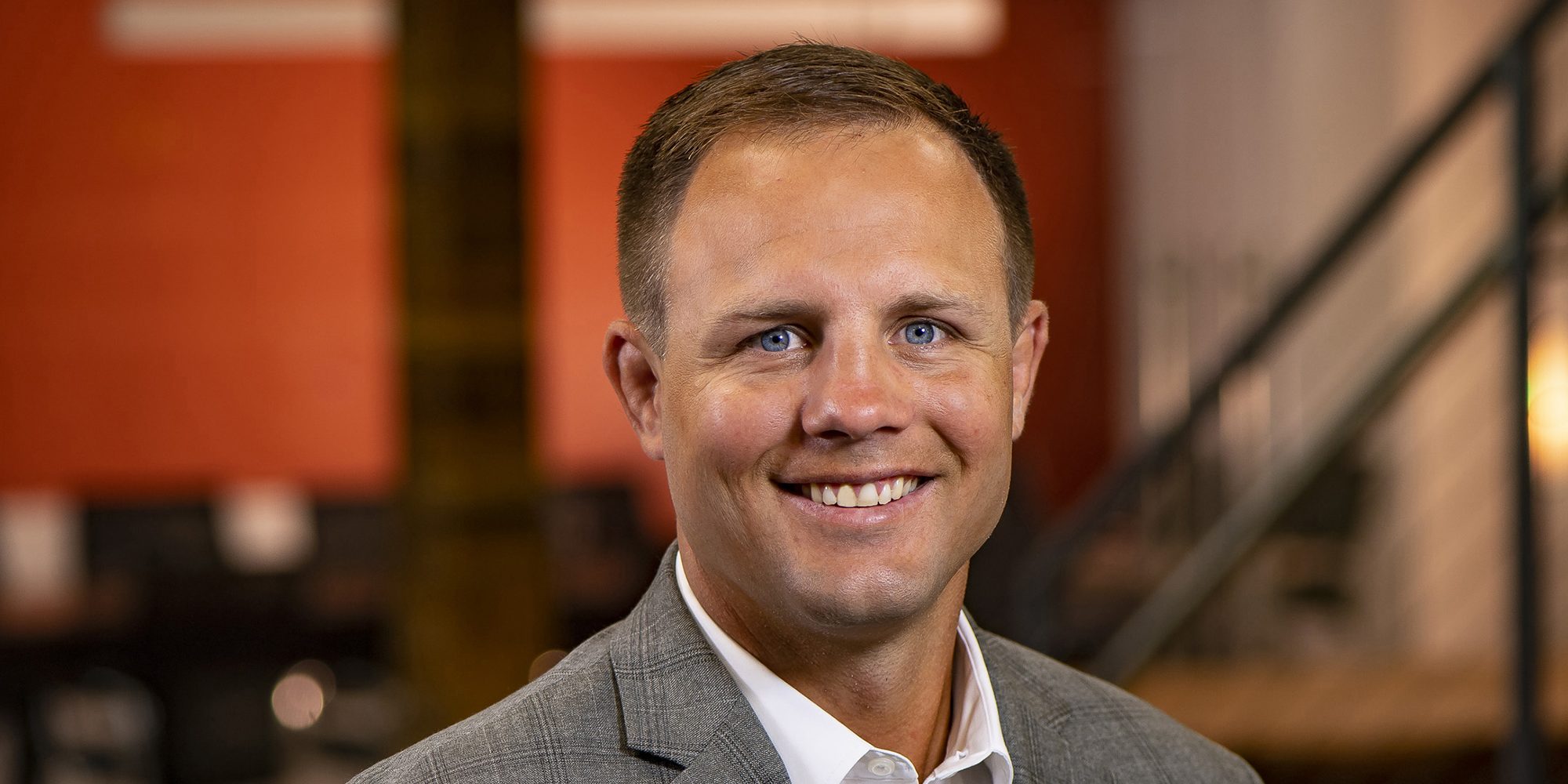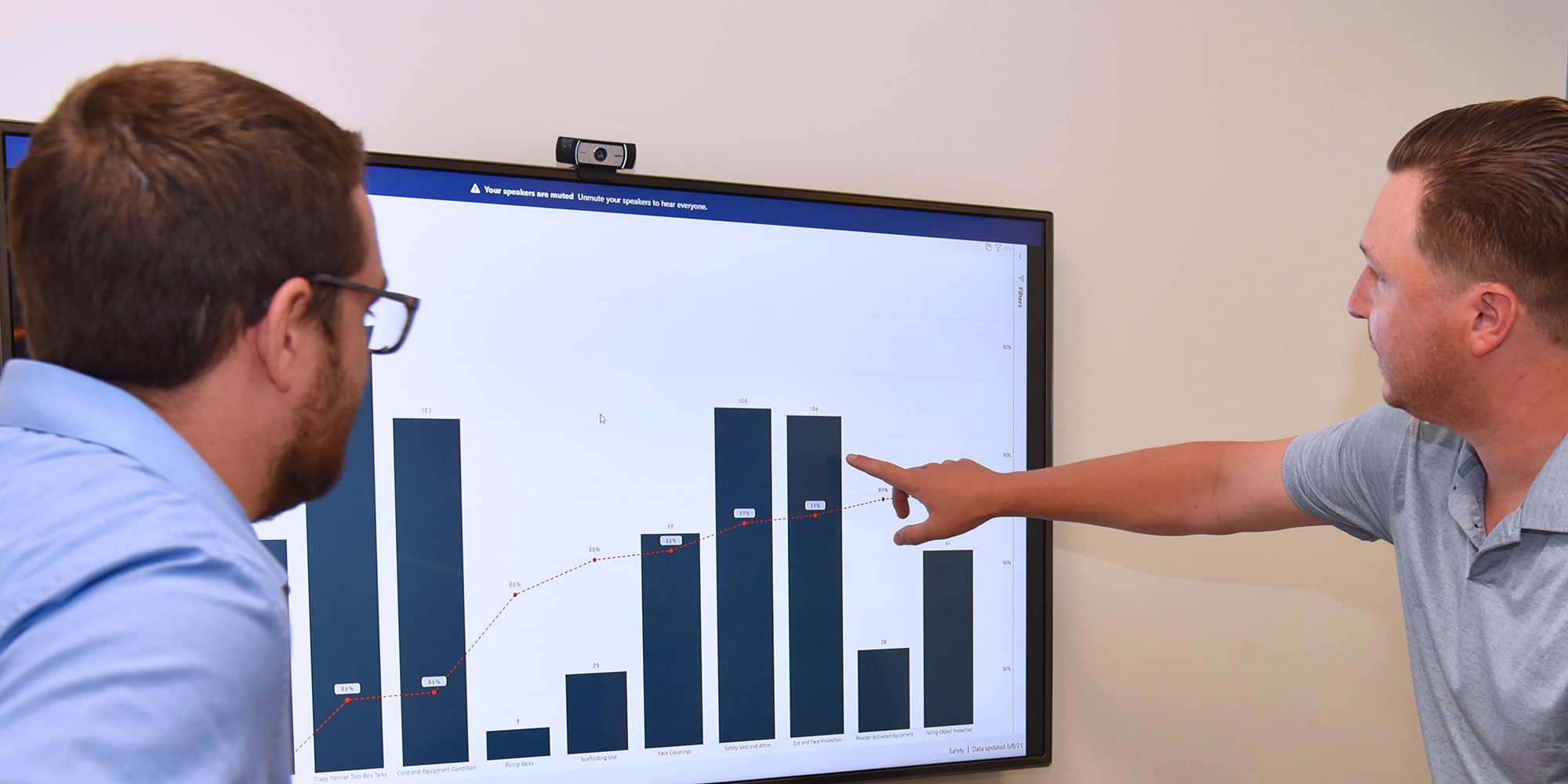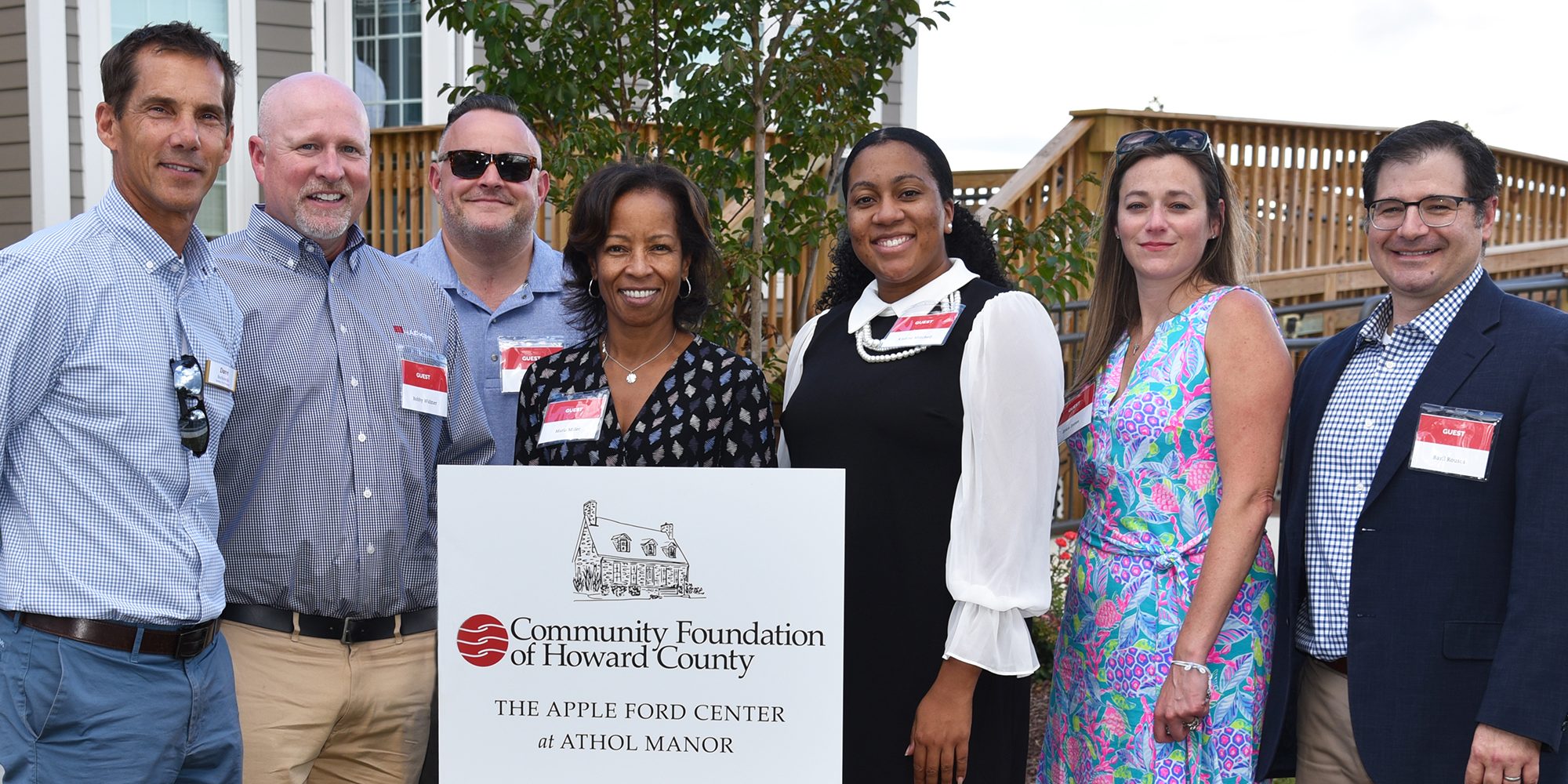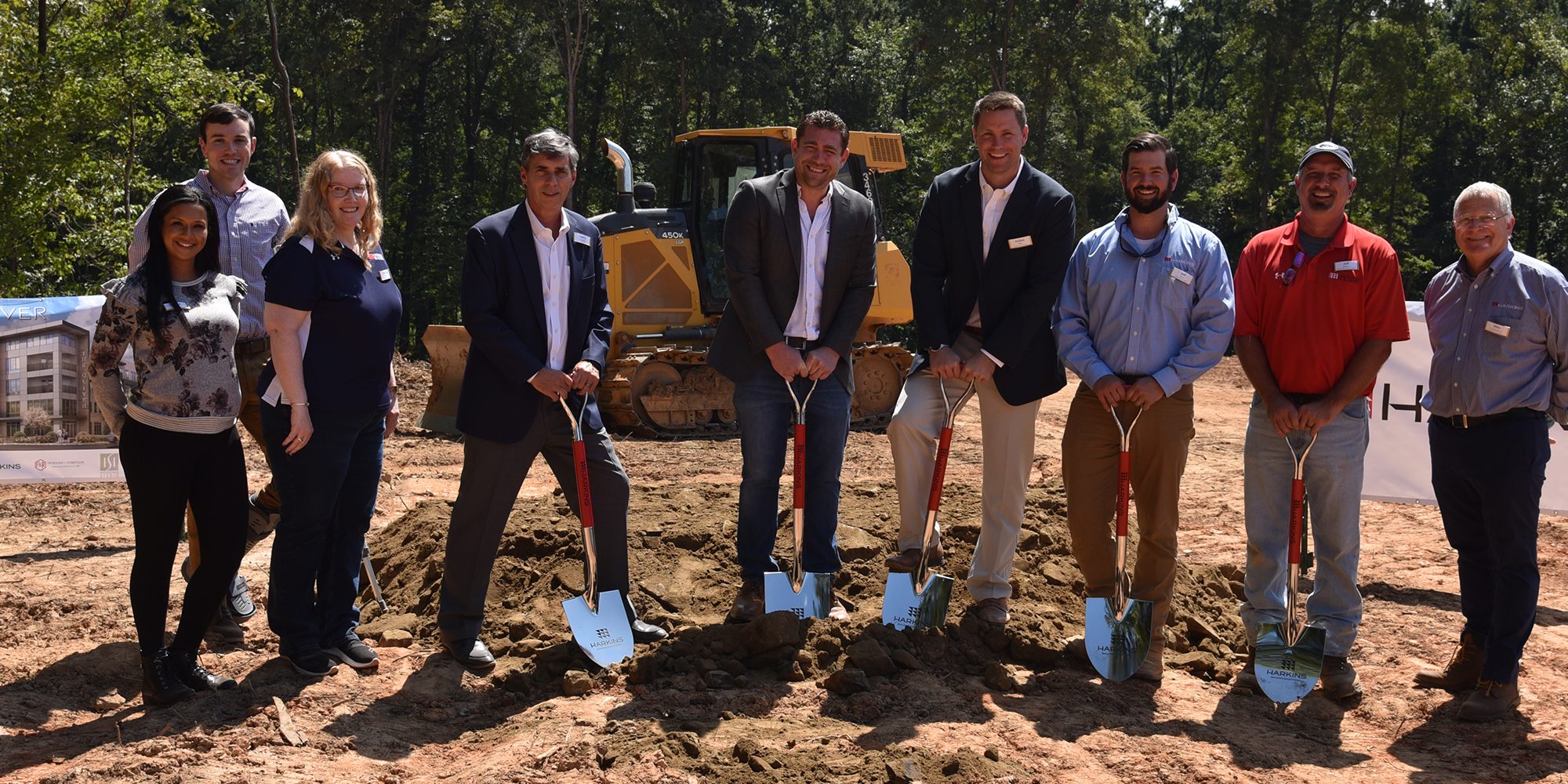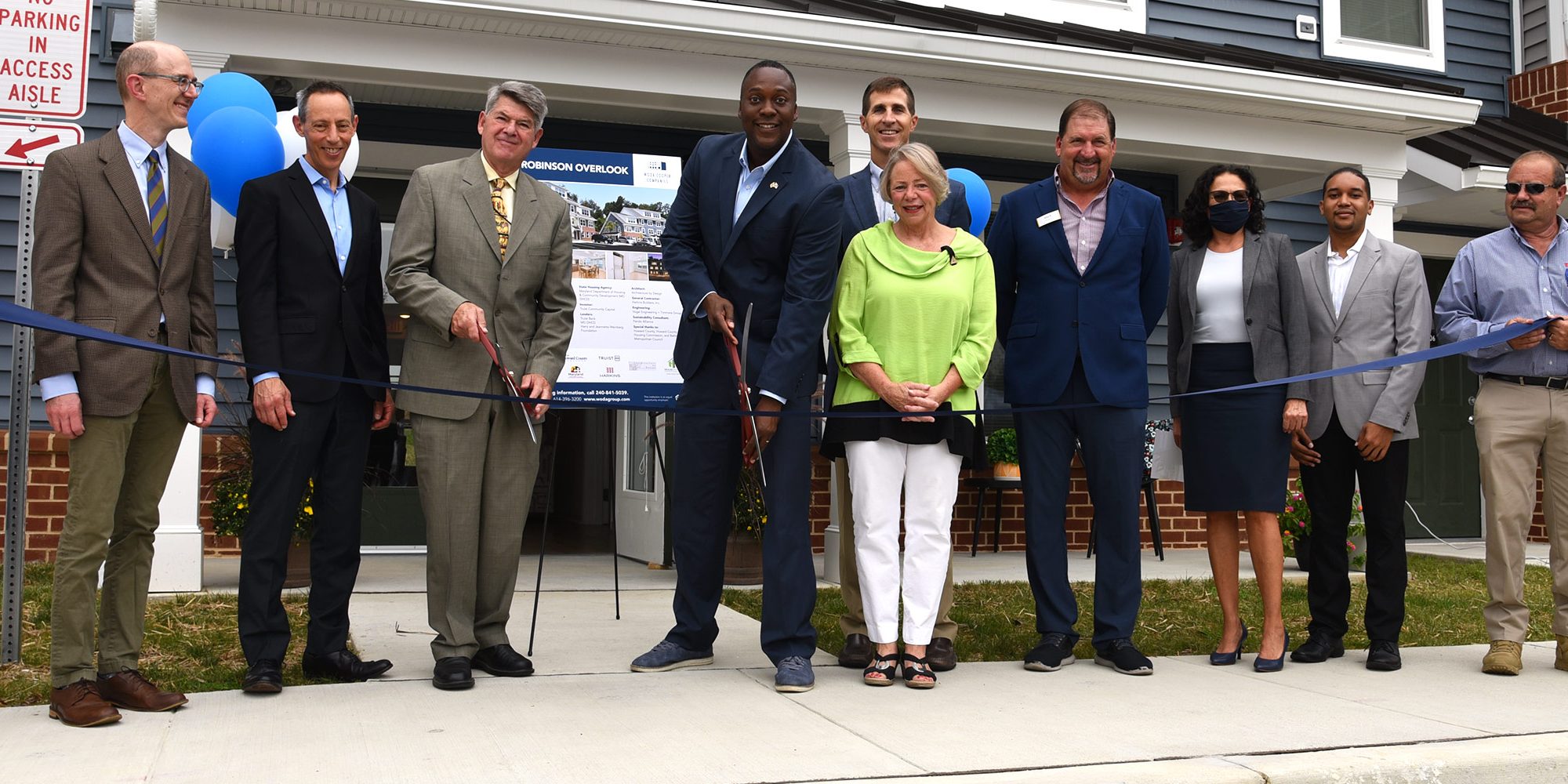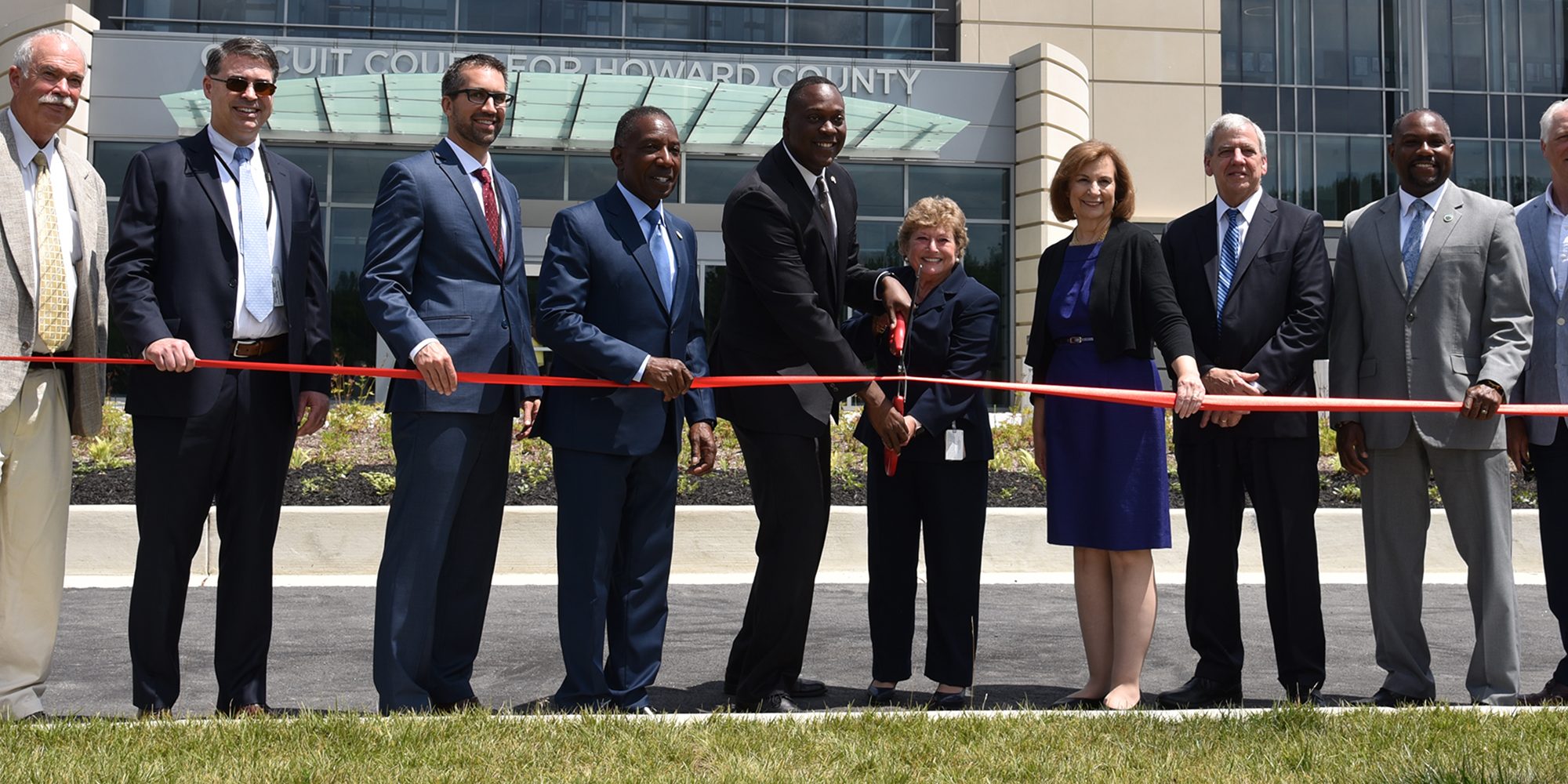What is Section 3?
Enacted under the Housing and Urban Development (HUD) Act of 1968, Section 3 details the basis for providing jobs for residents and awarding contracts to businesses in areas receiving certain types of HUD financial assistance. The Section 3 standards, principles, and procedures detail that HUD financial assistance recipients, their contractors and trade partners are to provide opportunities for training and employment to lower-income persons and to contract with businesses residing in the area that the development is being funded.
What are the latest changes and when were these made effective?
In measuring the effectiveness and results of the Section 3 program, HUD had been following the 1994 “interim rule” that stated 30% of all new hires must be low-income residents of the area where the project is funded, and that 10% of all contract dollars be awarded to certified Section 3 businesses. In September 2020, HUD published a “final rule” that overruled the 1994 “interim rule”, effective July 2021. The” final rule” has significant changes, including the most notable being the abandonment of new hires and 10% contracting standards, in favor of an “hours worked” compliance measurement system. Now, 25% of all labor hours performed on a Section 3 applicable project must be performed by low-income “Section 3 qualified” workers and 5% of that total are to be performed by “targeted Section 3 qualified” workers. The “final rule” also changes the definition of a Section 3 business by focusing on a percentage of hours worked, rather than by the number of those employed. Now to be considered a Section 3 business, companies need to certify at least one of the following:
- Over 51% of the company is owned by a low-income resident
- In a three-month period, at least 75% of total labor hours worked were performed by low-income employees
- Over 51% of the company is owned by a public housing or Section 8 resident
Once certified as a Section 3 business, 100% of all employee hours worked on the Section 3 applicable project is documented and classified as “Targeted Section 3” work hours. In addition to being employed by a Section 3 business, Targeted Section 3 workers can be within the income parameters and living within one-mile radius of the project’s service area or YouthBuild program participants.
How will this impact Harkins and the industry at large?
Moving to an entirely hours-based measuring system will certainly require additional responsibilities. While many Section 3 applicable projects require Davis-Bacon wage reporting, not all do and the reporting for the Section 3 hours benchmarks is notably different and more encompassing. The hours documented for Section 3 need to include all employees and management professionals contributing work in connection with the applicable development. Davis-Bacon reporting is limited to hours performed by on-site laborers and mechanics only. Administrative systems will need to be deployed that effectively and accurately record the applicable hours.
The point along a development life cycle where Section 3 activated funding is identified is not always clear and it may not be a consideration early. but the recipient prioritization and implementation of qualitative efforts necessary do require early efforts, creating a disconnect that must be resolved as early as possible. This inherent challenge can be mitigated by communicating with lending agencies, jurisdictions, and development teams very early to discuss the key components and potential funding paths. Furthermore, it is good practice deploying overall and ongoing regional qualitative efforts that can then be better refined for individual development applications as they are identified.
On the surface, the attainment to provide 25% of all labor hours associated with development to low-income workers may appear daunting but that is likely due to the misunderstanding of what qualifies as a low-income worker and to what extent the construction industry’s range of wages will provide for the 25% benchmark to be met. According to the US Bureau of Labor Statistics, May 2020 mean hourly wage for construction occupations was $25.93/hour. This represents the 50th percentile with half of the wages being above and half being below. As noted early, low-income is defined as individuals with an annual income below the HUD 80% Area Median Income (AMI), and for Mid-Atlantic regions that range is between $25.00-28.00/hour. From this vantage, it would appear that 25% of labor hours associated with development would be performed by workers meeting that definition of low-income. Furthermore, HUD has made accommodations in the “final rule” to provide a five-year reflection period in which a worker’s wages can be evaluated for Section 3 worker classification. The more important focus then becomes workers and business’ geographic proximity to the development with a diligent prioritization of efforts and opportunities to those within the “service area”, along with that development’s metropolitan area.

By changing the definition of a Section 3 business, previous registries and listings are no longer applicable and businesses will need to evaluate the new criteria to then consider certification. Section 3 business listings will require new entry and maintenance. This will be a large undertaking but a worthwhile one as a heavy focus on contracting with Section 3 businesses will lead to better overall results.
The new HUD Section 3 “final rule” is a fundamental shift from previous procedures and includes many other nuances that need to be carefully considered. The industry’s ability to pivot will be challenging. It is important to truly understand the context of the program, its objectives, and requirements, and the infrastructure needed to outline a successful compliance response for each project. A strong organizational commitment to this strategy and implementation of qualitative efforts starting early in the preconstruction process is critical to success.
The intent of Section 3 has always been to provide and promote economic uplift and self-sufficiency among low-income persons, level the playing field for Section 3 workers and businesses, and strengthen local economies. HUD’s primary motivation behind this most recent change is to better promote and support sustained employment. To be successful, a thoughtful long-term approach is necessary, and one that expands beyond that of just a single development. With knowledgeable team members and authentic partnerships, the good intentions of the Section 3 program can be realized and will further strengthen the communities that we serve. Harkins has gained a thorough understanding of the new requirements and has established procedures to ensure compliance on all Section 3 projects.
